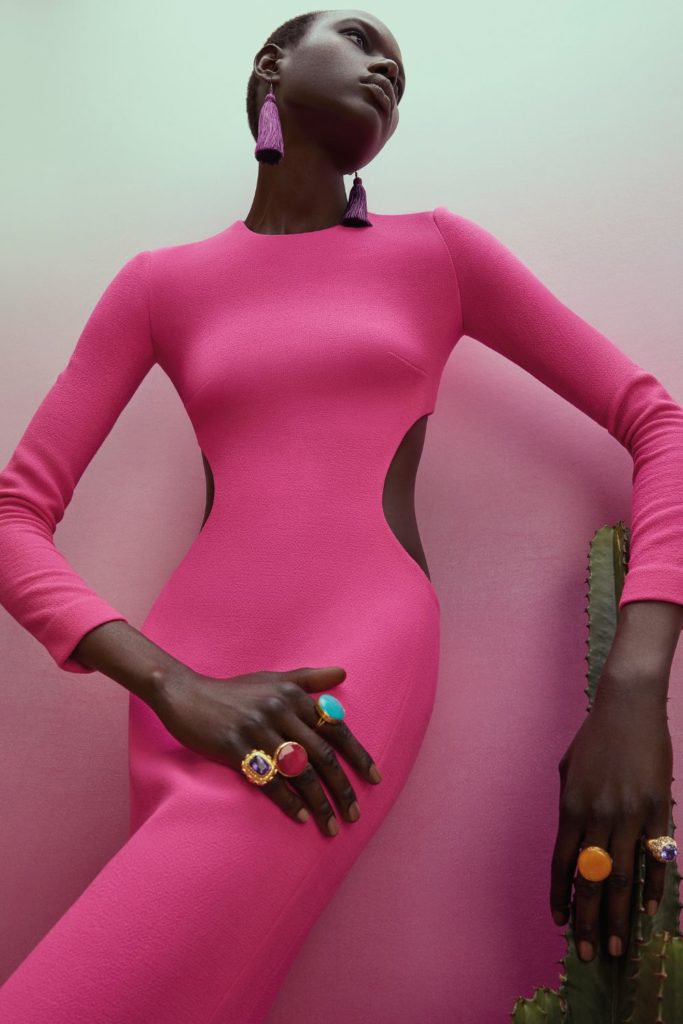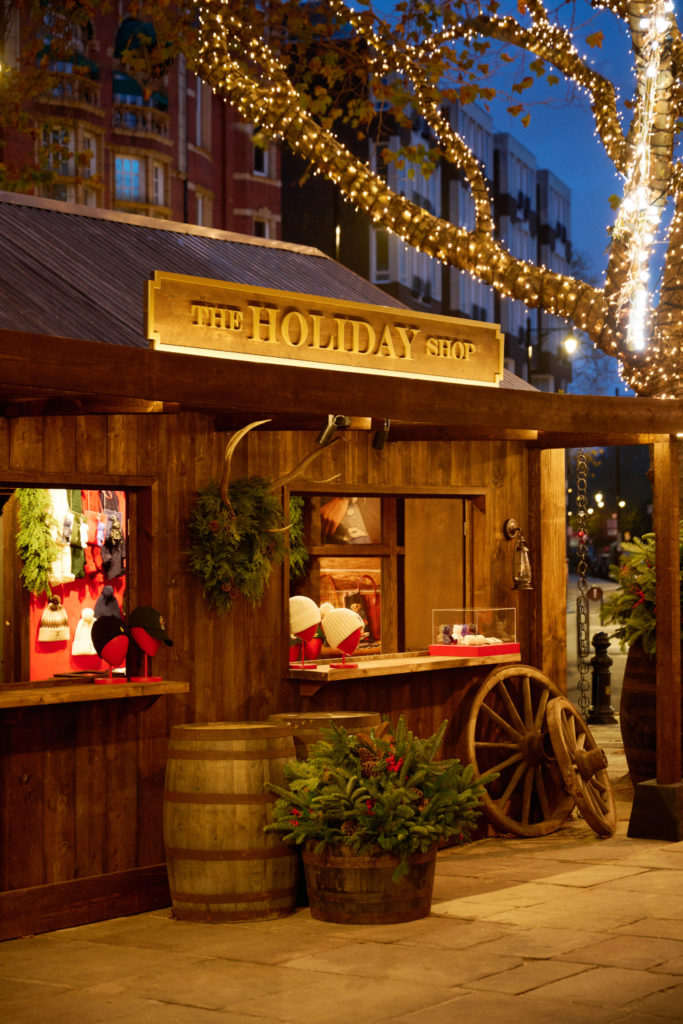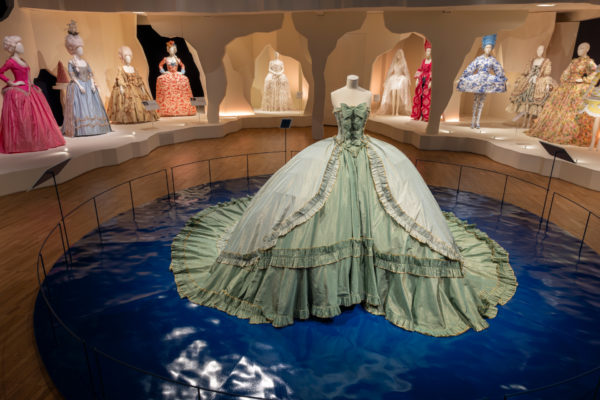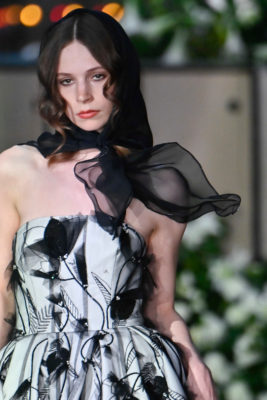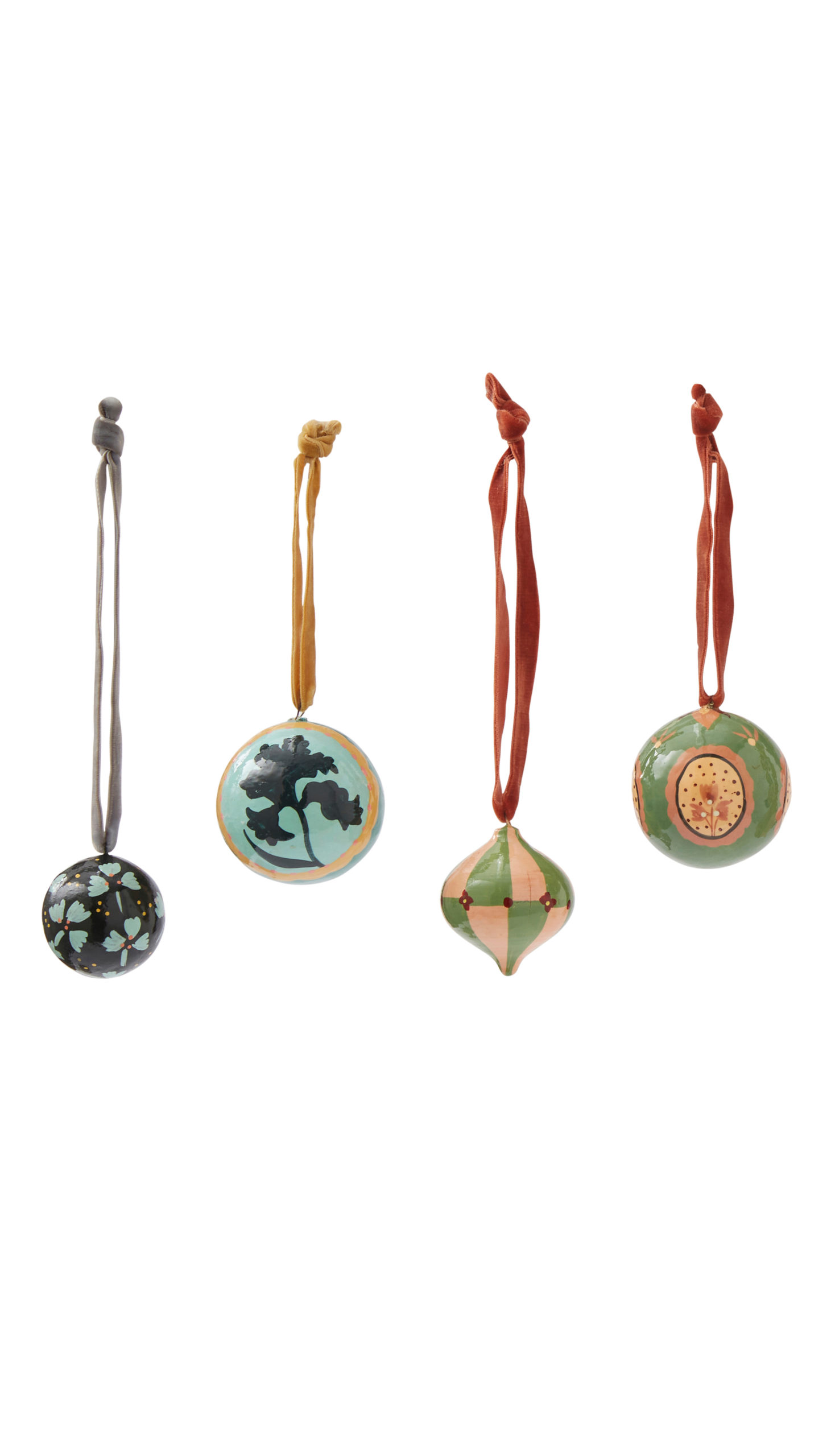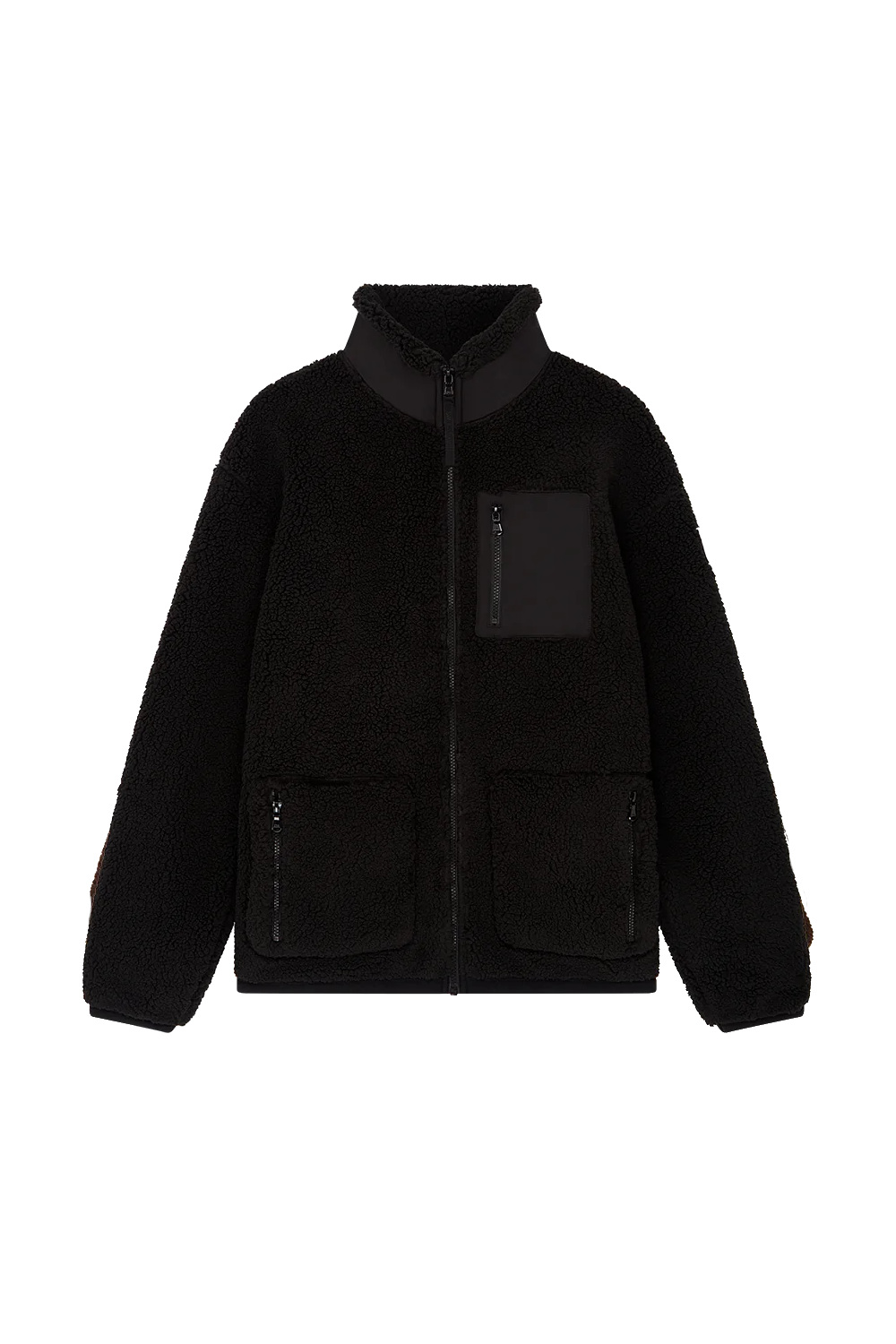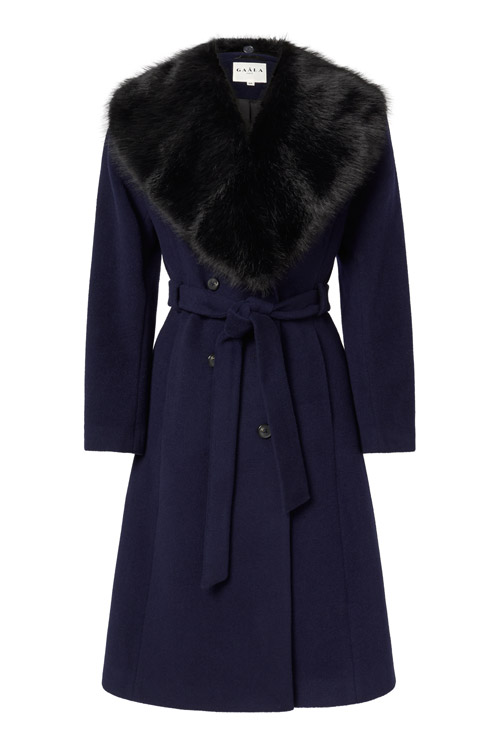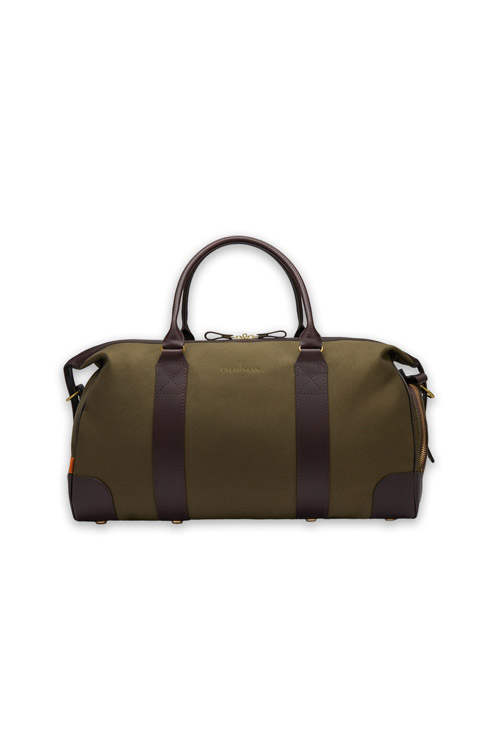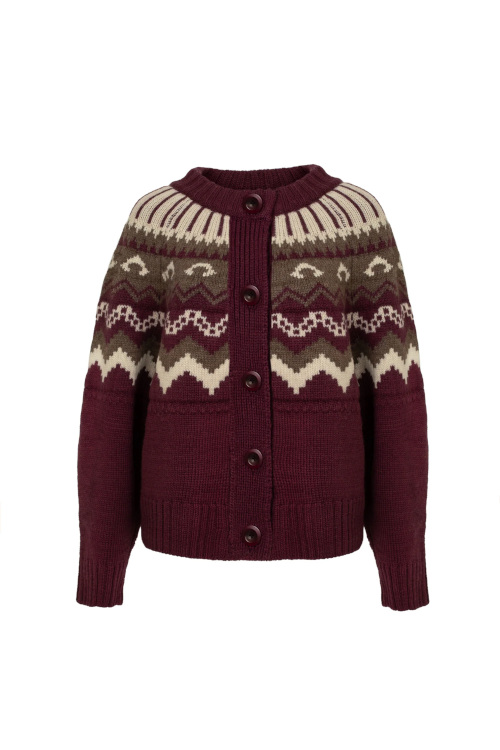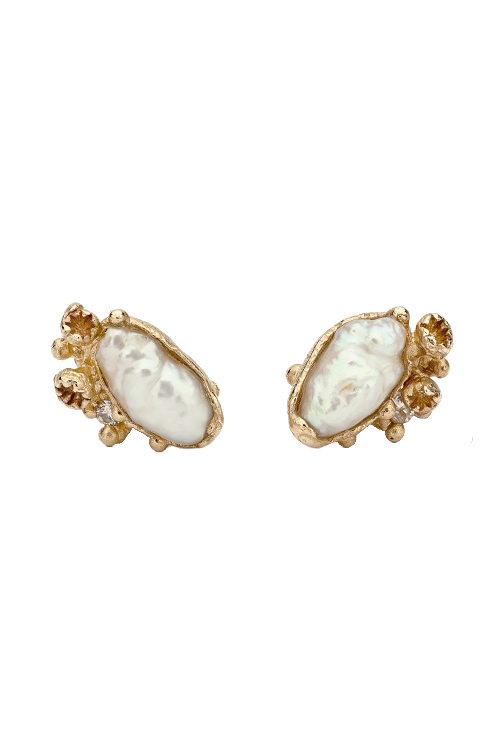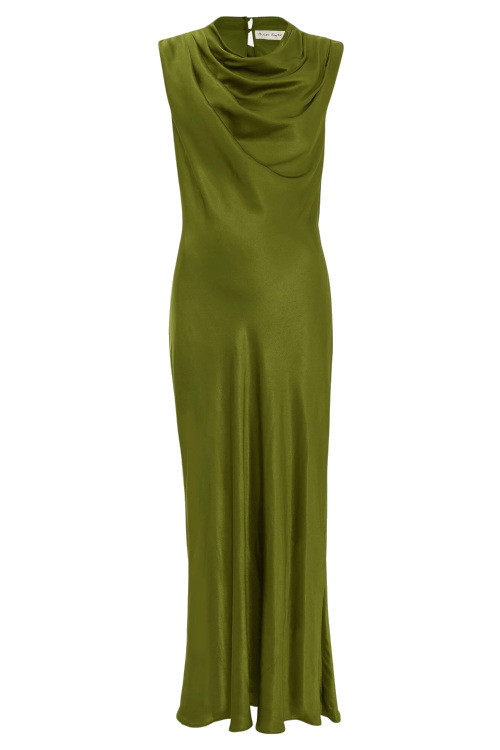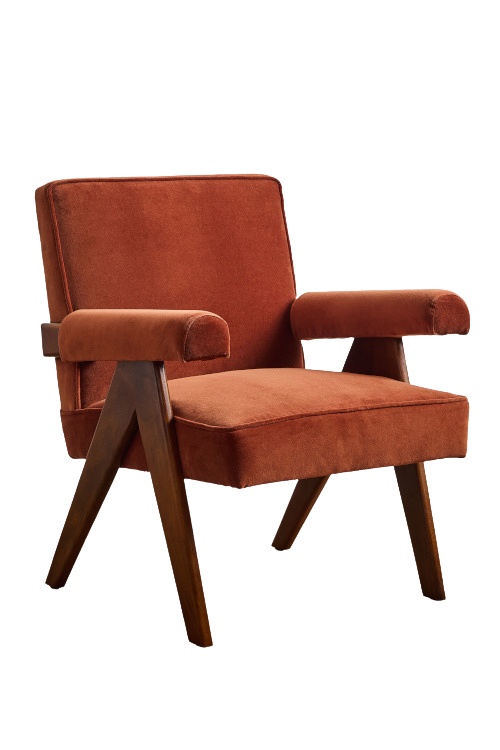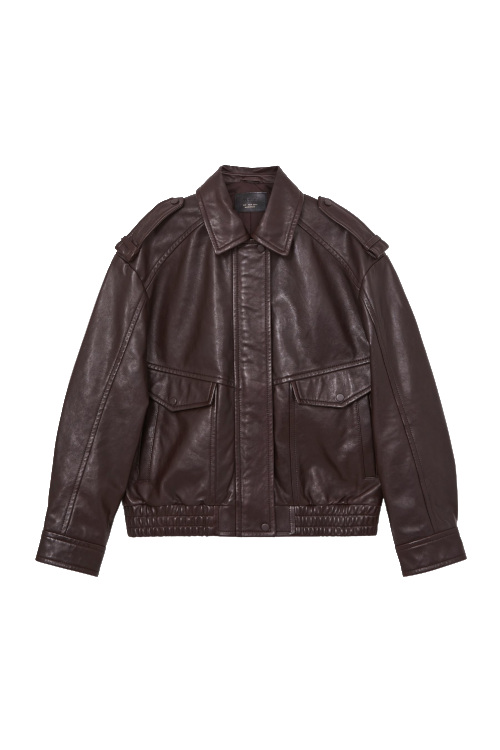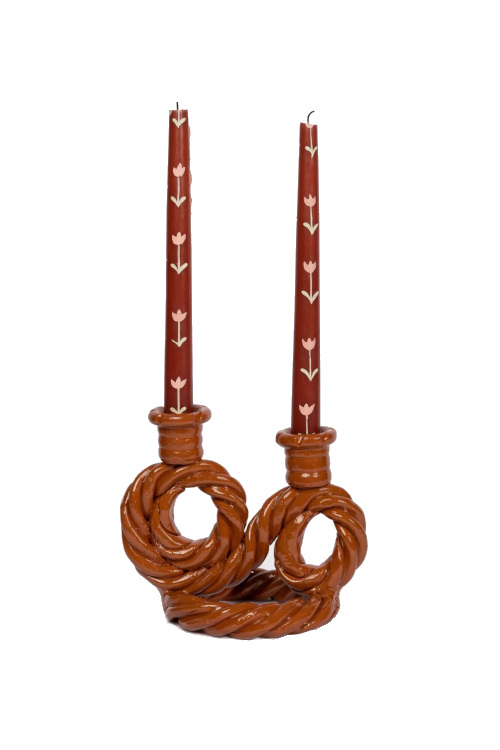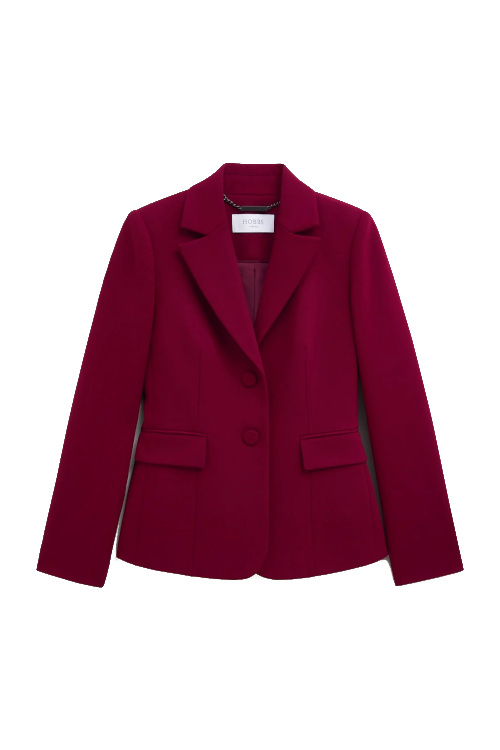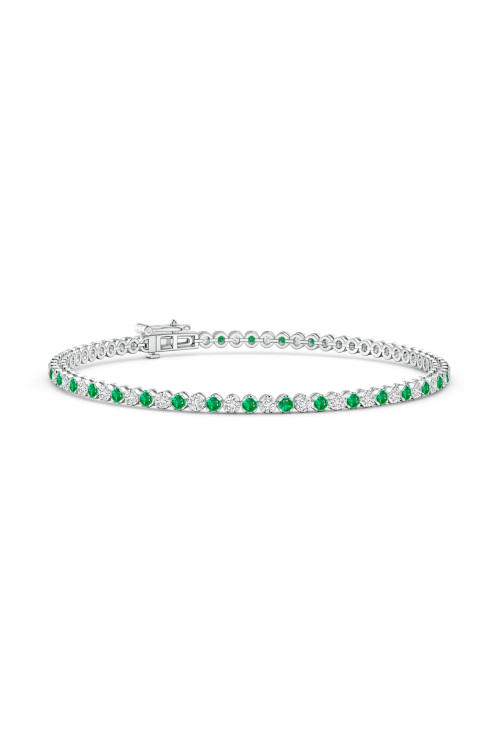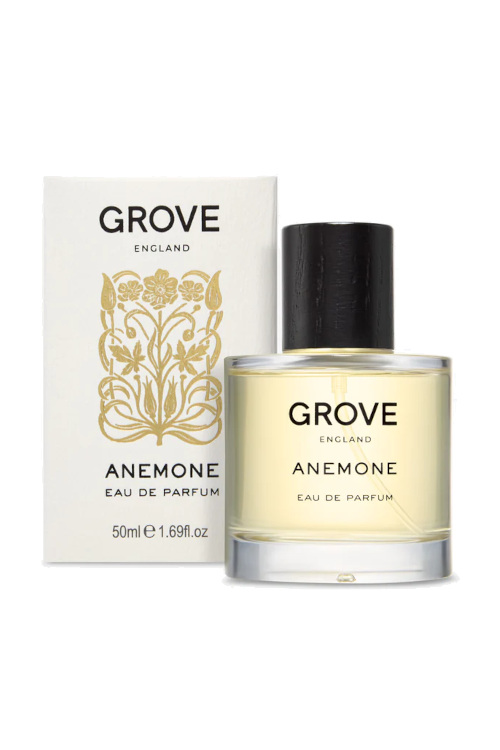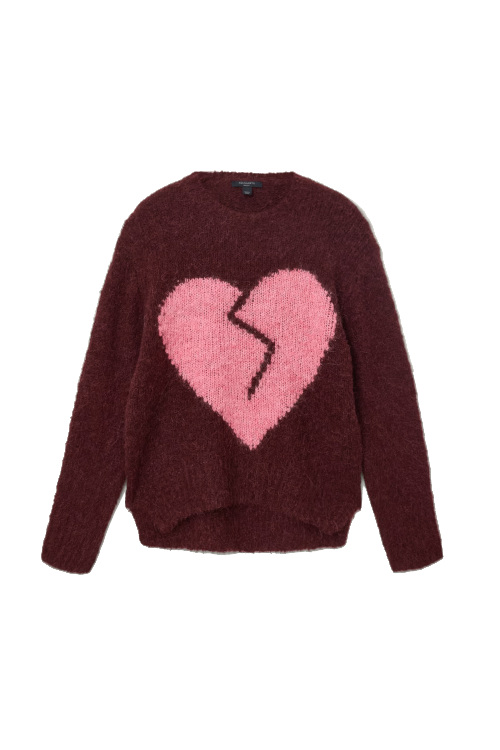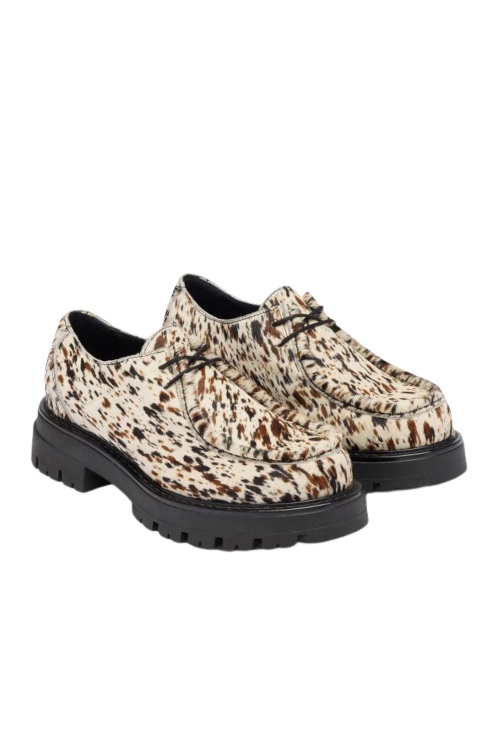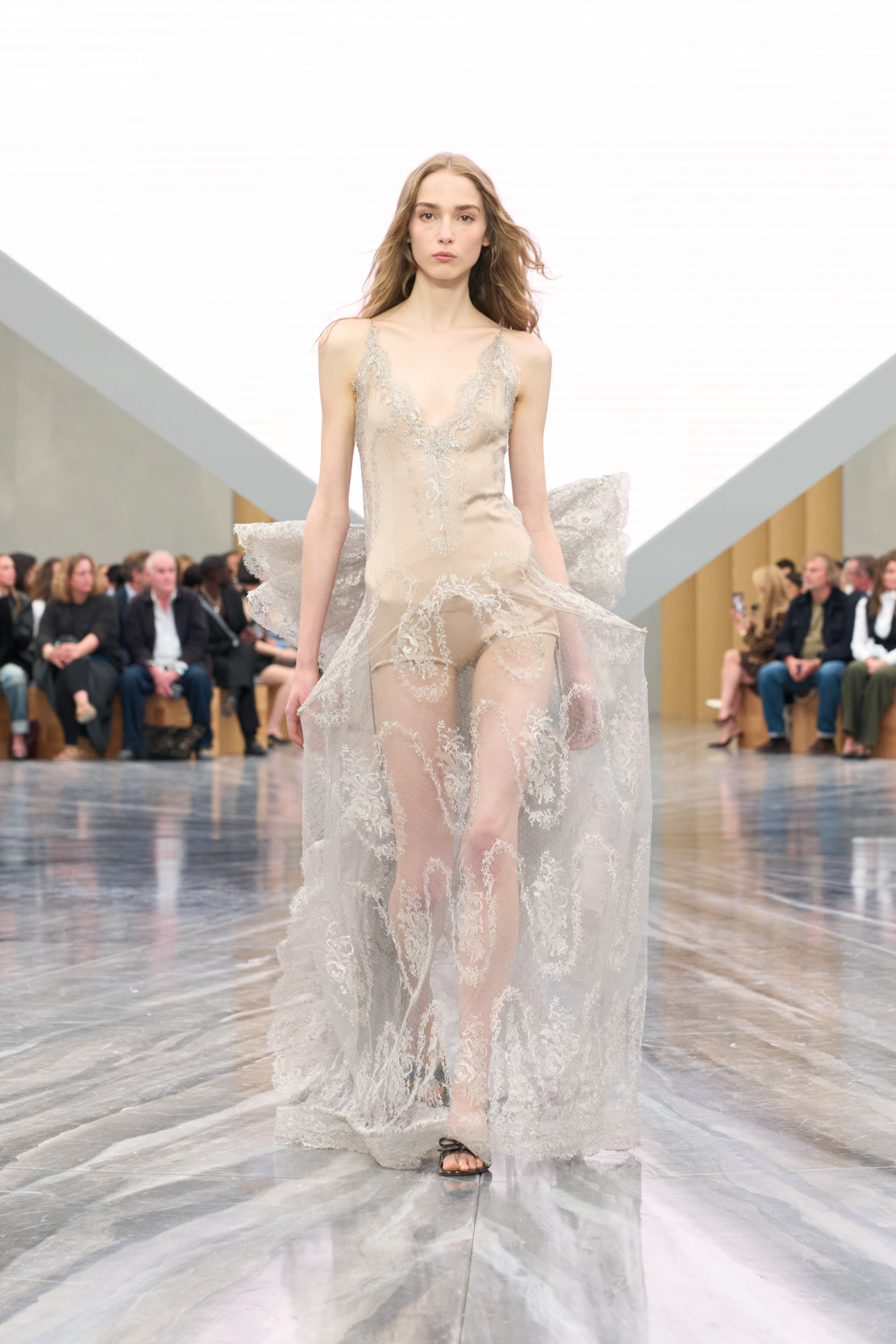
The Marie Antoinette Effect: Rococo Is Coming For The Bridal Salon
By
2 months ago
Laced-up corsets, silver bodices, pannier skirts – sounds like a wedding gown fit for a French queen
If you’ve had your eye on the runway this Fashion Month, chances are you will have noticed one key trend popping up everywhere. Rococo fashion – in all its panniered, corseted and big-bowed glory – is having a revival. And while it seems to be working well on the runway, it’s doing even better in the chapel. The key figure leading the trend? Not a celebrity from our time, but the woman who made it famous the first time around: Marie Antoinette.
Marie Antoinette Is Bringing Back The Rococo Wedding Dress
‘There’s a real proliferation of Rococo styles in fashion right now,’ muses Dr. Sarah Grant, the woman behind the V&A’s landmark Marie Antoinette exhibition. Marie Antoinette Style opened its doors during the height of London Fashion Week, matching the ferocity of the runway with an ambitious retrospective on the most fashionable woman in history. ‘It’s amazing to see how that trend has exploded, how Marie Antoinette has crept back into the zeitgeist.’
It might be a coincidence – especially with fashion houses planning collections months in advance – but the serendipitous meeting of fashion, art and history in the capital, spearheaded by the unwavering influence of one woman, feels like a movement in the making.
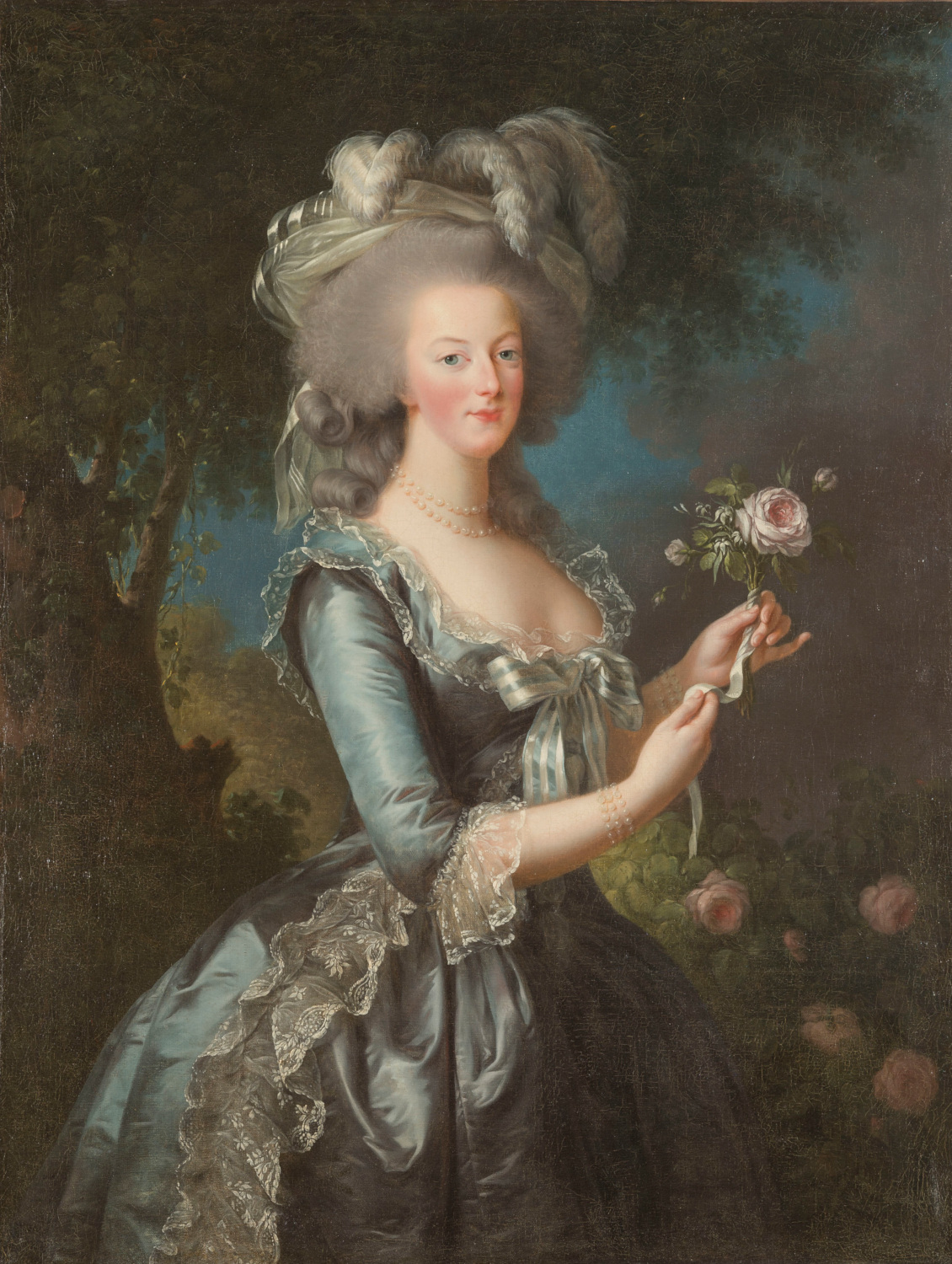
Portrait de Marie-Antoinette à la rose, Élisabeth-Louise Vigée Le Brun © Château de Versailles, Dist. Grand Palais RMN/Christophe Fouin
Marie Antoinette was a maximalist at heart. The French queen was a champion of the elaborate, opulent styles that pervaded the royal courts of the 18th century – much to the chagrin of the French population at the time (and to our delight today). And when it came to her fashion choices, she was often at the forefront of courtly trends. ‘France was the centre for formal court dress,’ confirms Grant. ‘Everyone was imitating France.’ And, in turn, Marie Antoinette.
And with her supposed order of four new pairs of shoes a week and 300 dresses a year (meaning the queen pretty much wore a brand new dress every day), Marie Antoinette displayed a clear passion for clothing and excess. One which cemented her status as a fashion legend.
But of all her gowns and costumes, it is Marie Antoinette’s wedding dress that continues to capture hearts today. The original gown, Grant notes, sadly no longer exists – ‘her wardrobe was looted during the revolution’ – but visitors to the V&A can get a feel for what it might have looked like.
Sitting in one of the first halls of Marie Antoinette Style is a gown that once belonged to Duchess Hedvig Elisabeth Charlotta of Germany. The dress, which was made for the duchess’ wedding to King Charles XIII of Sweden in 1774, was made just four years after Marie Antoinette’s own nuptials – and was fashioned in the same styles prominent in the French court.
‘It’s virtually identical to what Marie Antoinette wore on her own wedding day,’ says Grant. ‘And the bride was the same age as Marie Antoinette when she got married, so in terms of scale and dimension you can get a really good idea of what the original gown would have been like.
‘It also just so happens to be an exact copy of the wedding dress that Marie Antoinette’s sister-in-law wore at her own wedding in Versailles; this gown would have shared the same style and influences.’
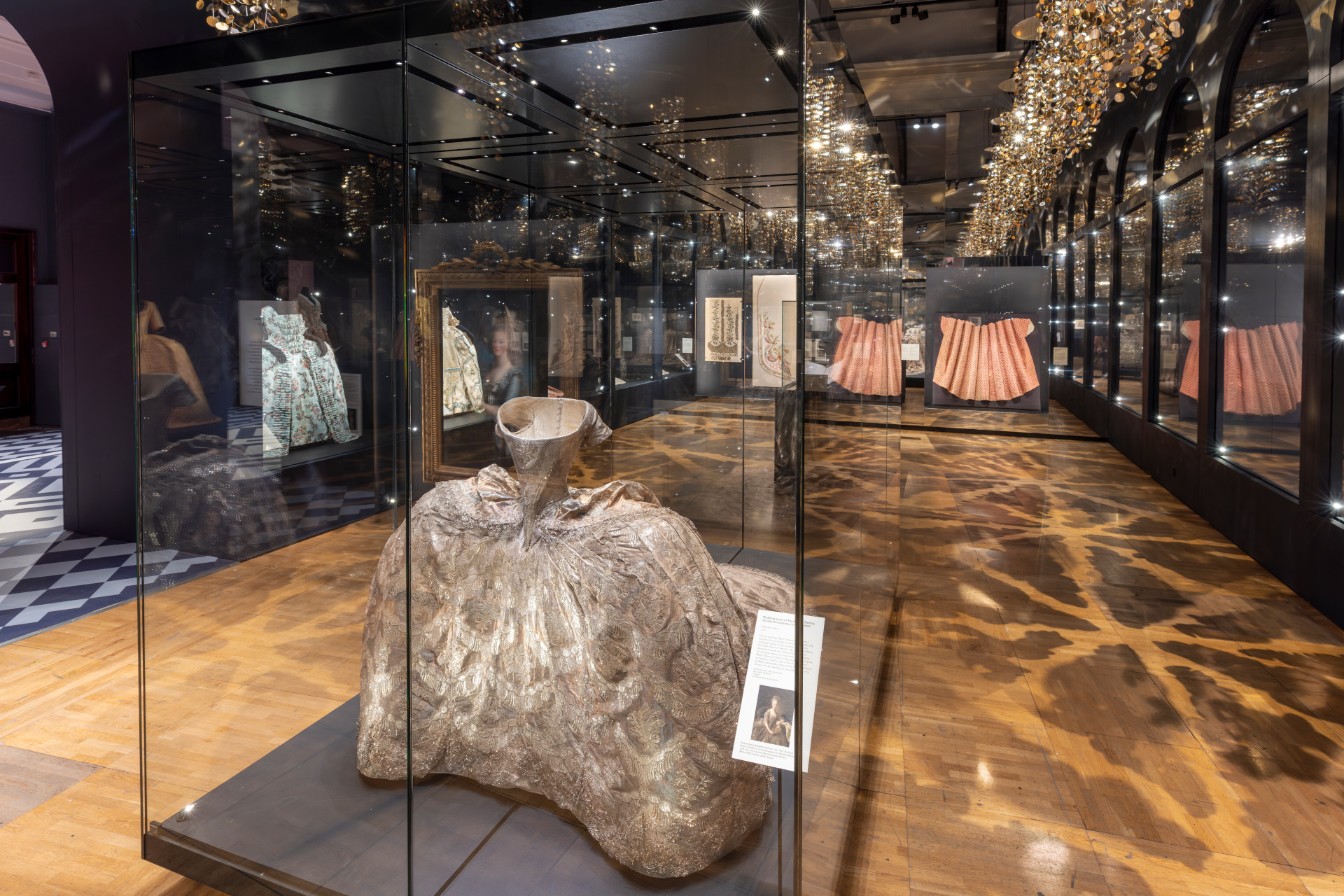
The wedding gown of Duchess Hedvig Elisabeth Charlotta of Germany, on display in Marie Antoinette Style at the V&A (c) V&A
The gown itself is a grand thing: a silver dress with a wide pannier-lifted skirt, tightly corseted bodice and sweeping train. But its grandeur had purpose. ‘French queens were not crowned; they didn’t have a coronation like their male counterparts,’ explains Grant. ‘So her wedding gown was the most important gown she would ever wear. She wore the gown for her wedding ceremony in Vienna and once again for her second wedding service in Versailles.
‘Marie Antoinette’s mother paid for her wedding trousseau,’ the curator adds. ‘She ordered the silk from France and directed that the dress be designed as a French wedding gown. It was also made from silver cloth, woven from silk and silver threads, as this was the convention for all royal brides from France at the time.’
Metal textiles, Grant tells us, were a luxury commonly associated with royalty, and were likely introduced to various European courts some time in the 17th century. ‘It was the most expensive silk you could wear, really,’ she says. ‘You have various different types of thread; you have some that are very fine, where it’s just filaments of silver that are wrapped around a silk thread and then you also have some that are made from beaten silver.’ This helps the individual thread catch the light in a shimmered reflection.
But, being the trendsetter she was, her gown wasn’t all tradition. ‘There was a change in the design of the silk itself. Royal wedding gowns in the decades before saw the silver arranged in this uniform pattern, while Marie Antoinette’s was more floral. It also emulated the appearance of lace, so it looked much softer,’ explains Grant. ‘It’s said she got married on a very sunny day and the light came through the windows of the chapel in Versailles rather brightly. She would have created this amazing sparkle, with the silver threads and the diamonds attached to her bodice.’
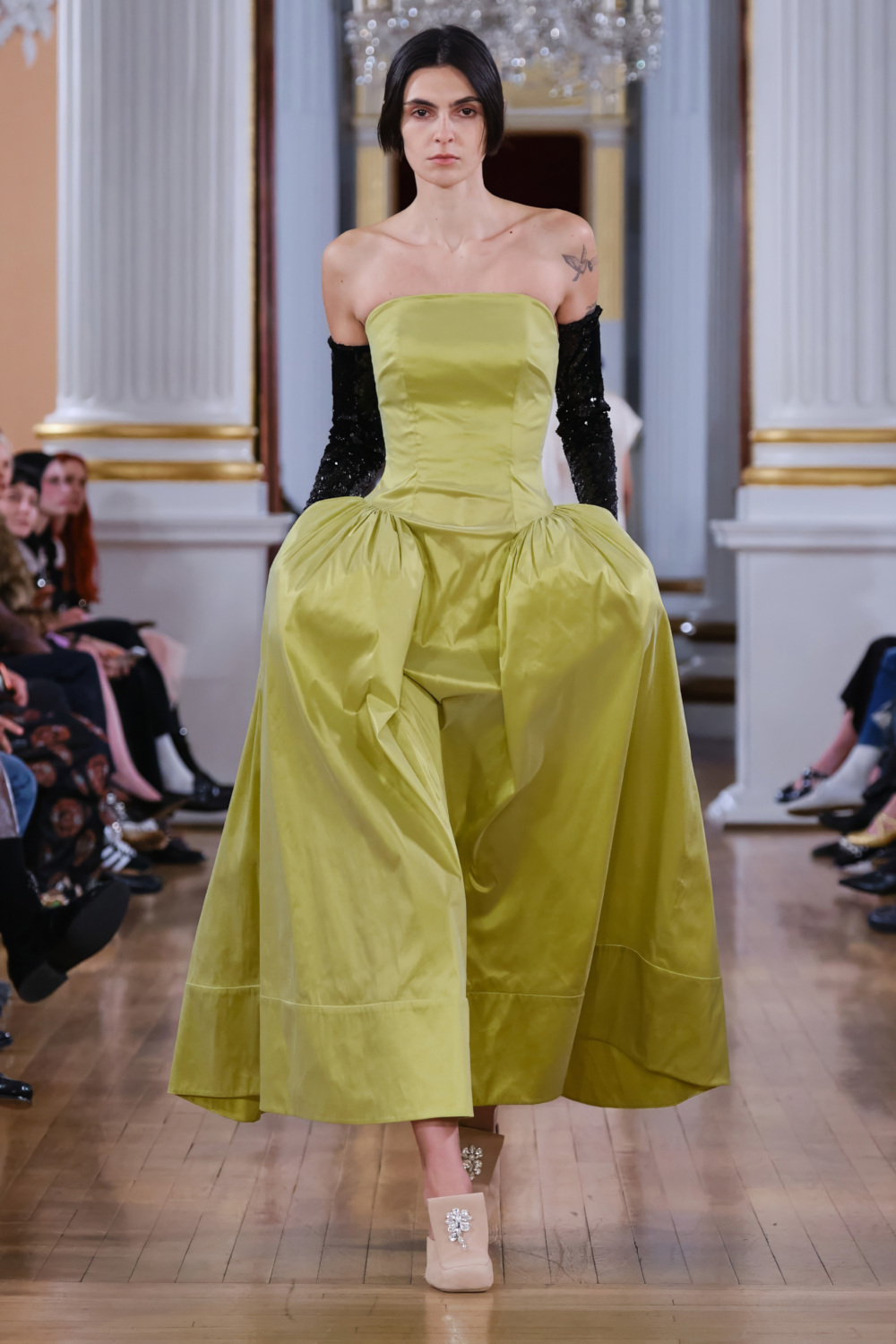
Simone Rocha opted for pannier-style hip pads for her SS26 collection (c) Ben Broomfield
The Modern Rococo Gown
Beyond the V&A, Marie Antoinette’s style tenets are shaping the runway – bringing life to the contemporary Rococo gown. Grant has noticed the pannier being an especially prominent staple this season. ‘It’s such an interesting shape because it’s flat across the front, but it has heaps of volume on the sides. It’s amazing to see it coming back.
‘Schiaparelli and Valentino have both recently referenced the period in their collections,’ she adds. ‘It’s become quite a global trend.’
But, interestingly, many of the designers spotted weaving Marie Antoinette into their lines cluster around the UK capital. Take the most recent edition of London Fashion Week. The Rococo revival was championed by an impressive list of designers, who pulled on the French queen’s penchant for floral brocade, full hips and structured corsetry.
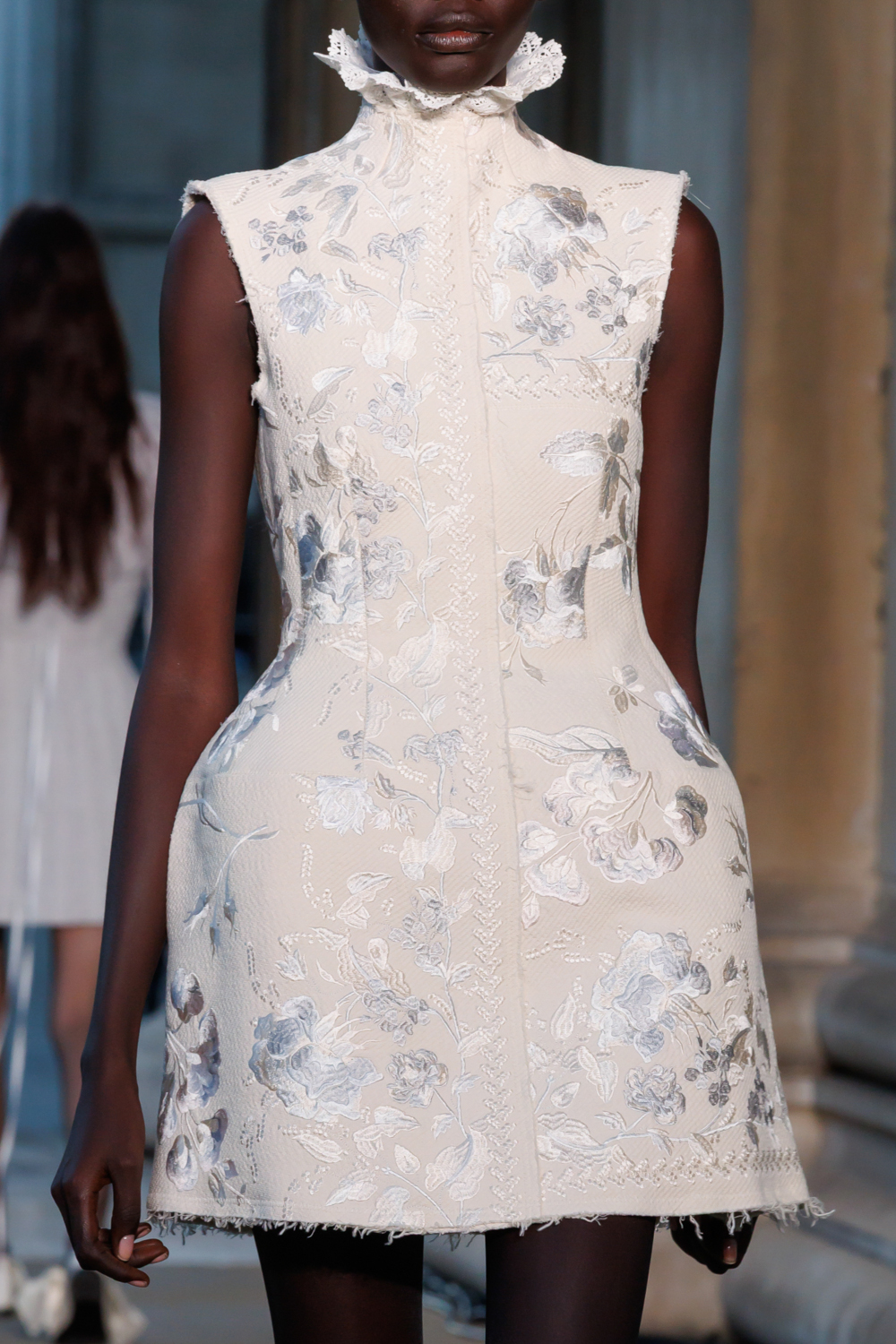
The French court played a major role in influencing ERDEM’s SS26 collection
Irish designer Simone Rocha sent out a string of disgruntled debutantes in deconstructed crinolines, exposed bras, sequinned opera gloves and, for one look, a corseted gown in a glaring shade of chartreuse with pannier-style padding at the hips. ERDEM, meanwhile, opted to tell the story of Swiss medium Hélène Smith – who claimed to have been a member of the French court in a previous lifetime – and subsequently created a series of high-necked gowns decorated in architectural lace, silver florals (a modern parallel to Marie Antoinette’s wedding gown) and rendered in the 18th century silhouette.
The same could be said for British designers working further afield – notably Jonathan Anderson with his womenswear debut for Dior. His collection blended a mix of house archival styles, Rococo embellishment and Anderson’s surrealist touch. Think artfully draped fabrics contorted into angular silhouettes, deconstructed layers of lace and supersized ribbons and bows.
What Does A Marie Antoinette Wedding Gown Look Like Today?
Stepping away from the runway – to the aisle – wedding dress designers also find themselves charmed by the opulent maximalism of the French queen (and the arts movement she was so fond of).
A sentiment shared by both Marie Antoinette and modern brides is that their wedding gown, as Grant noted, remains one of the most (if not the most) important dresses they’ll ever wear. This sets the stage for something that is perhaps less ‘wearable’ and more ‘ceremonial’ – and gives brides and designers alike more opportunity to indulge in the sumptuous fabrics, delicate adornments and swooping silhouettes so strongly associated with the Rococo style.
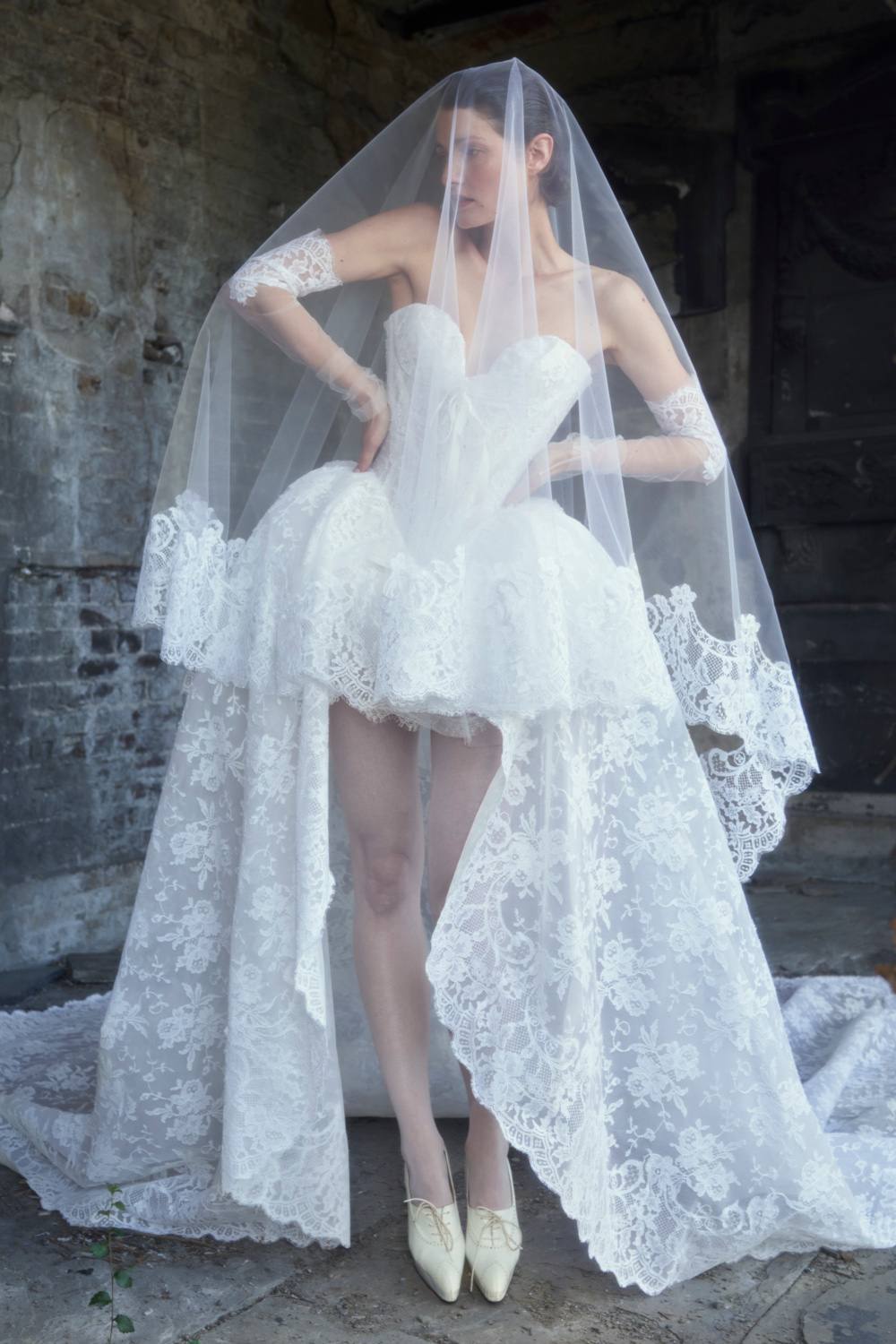
Vivienne Westwood named one of its couture bridal gowns for 2025 ‘Marie Antoinette’
Of course, wedding dress designers have been referencing Marie Antoinette in their work for some time now – especially in the realm of bridal couture where there are really no limits when it comes to extravagance. Vivienne Westwood’s bridal collections are famous for their tightly corseted waists (the atelier has even named gowns from its 2021 and 2025 bridal collections after the French queen), while Los Angeles-based designer Monique Lhuillier has found a niche in romantic gowns with full, pluming skirts.
Bridalwear at London Fashion Week similarly marched along to the Rococo beat – as demonstrated by Richard Quinn’s opera-inspired collection, which culminated in a series of old school wedding looks. These designs softened the extravagant edges of the Marie Antoinette effect with faux-pannier silhouettes, pearl-beaded panels and calf-length skirts.
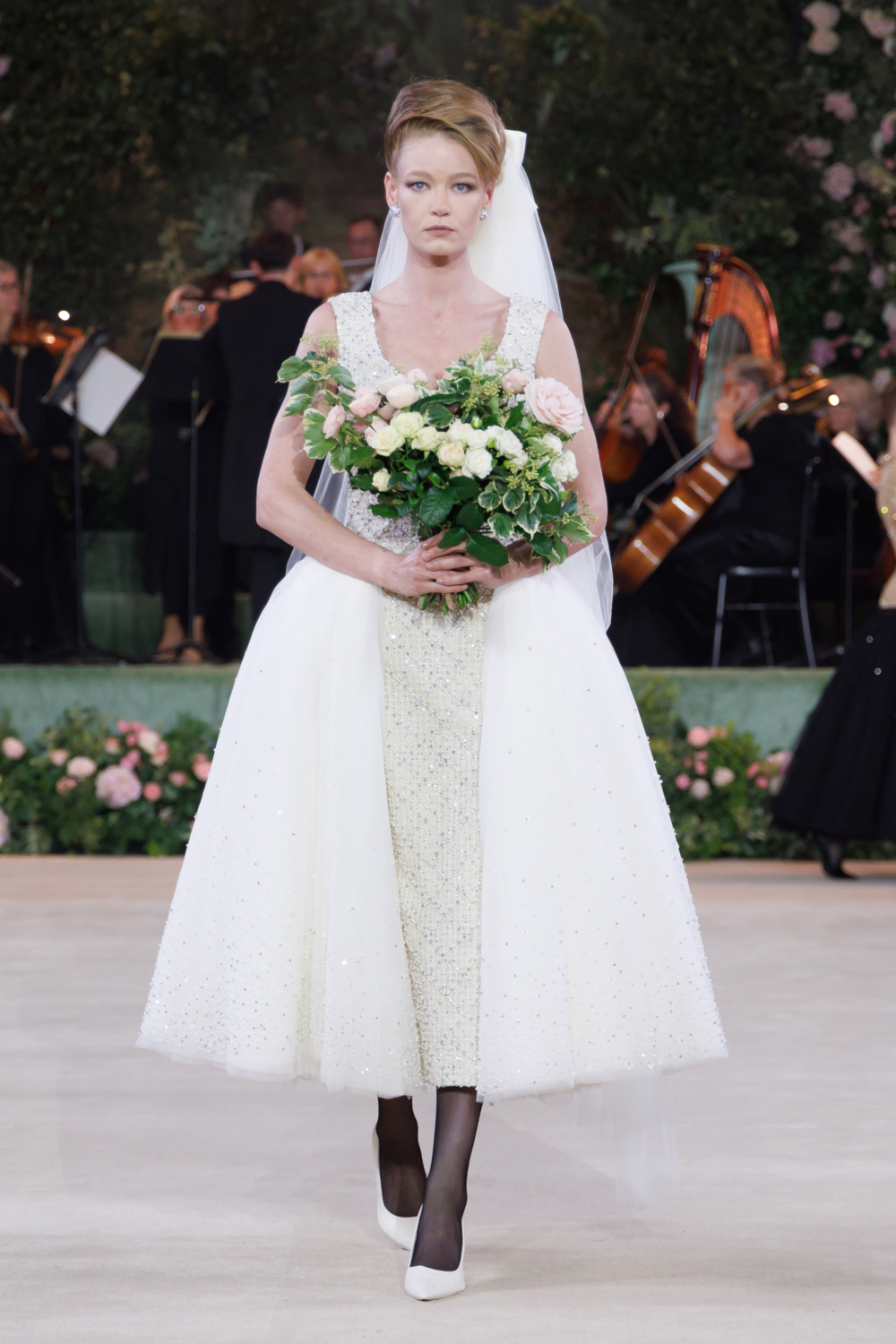
Richard Quinn played on the theme of opera dressing for his SS26 collection, which led to a series of grand bridal gowns in contemporary Rococo styles
This pared back (but no less luxurious) take on the Rococo bride seems to be the direction contemporary wedding dress designers are taking. ‘The historical and costume influence of Rococo design has always intrigued me – and many other designers – with its elegance, drama and emphasis on the female form,’ notes London-based bridal designer Sassi Holford. The designer, whose portfolio is filled with brides dressed in corseted bodices and full, flowing liquid tulle skirts, cites the sartorial hallmarks of the Rococo movement as key inspirations in her designs. ‘In our collections, we consistently revisit those nipped-in waists and the exaggerated hips, translating them into wearable pieces for the modern bride.’
So what does the new era of bridalwear look like? As Sassi mentioned, expect the cinched waist (likely pulled taught by a corset), the full skirt, the bows and the hundreds of thousands of beads and sequins – but expect them to come with an edge. Those corsets, once tucked away under layers of fabric, sit boldly front and centre; likewise, the modern pannier also gets greater visibility, while hemlines creep up higher and higher; bows are bigger than ever, migrating from bodices to oversized hair pieces and faux bustles; and metallic beads tessellate across fabrics in brand new patterns (Marie Antoinette would surely be proud).
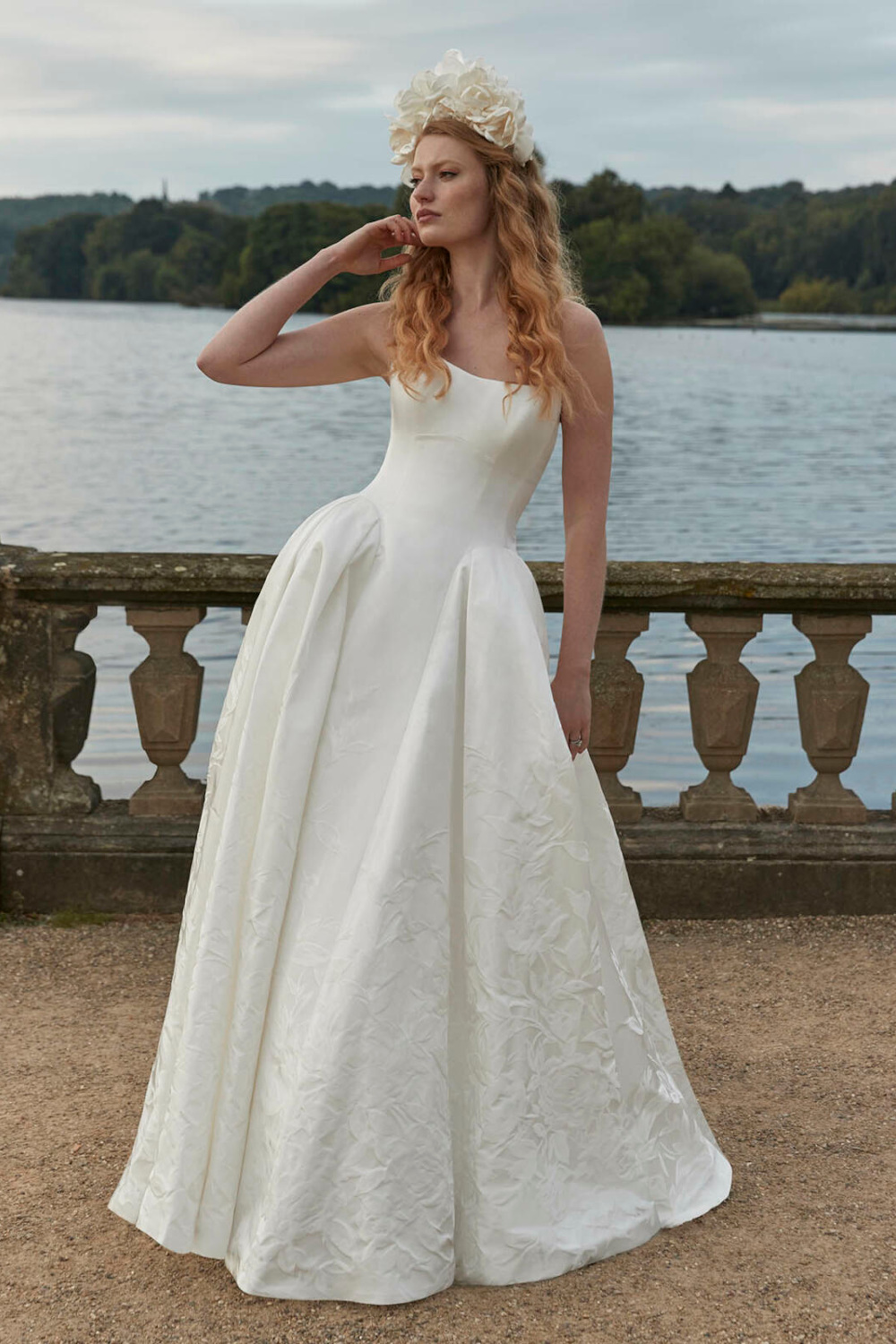
Sassi Holford’s bridal collections gently reference the styles made famous by the French court, giving them greater wearability for modern brides
Over 255 years after she first said ‘I do’, Marie Antoinette is walking down the aisle again – and again, and again – through the gowns of today’s brides, who share her love for grandeur and celebration.
And when asked whether she thinks Rococo will stick around for the next bridal season, Grant just smiles. ‘It’s a really romantic style that just aligns so well with weddings,’ she says. ‘When I look at these dresses, it makes me wish I could get married again just so I can wear another dress. If you’re going to get married, go all in.’


